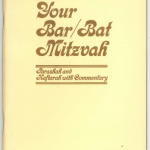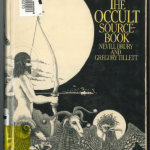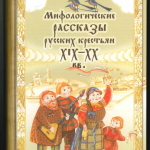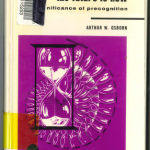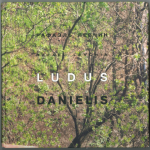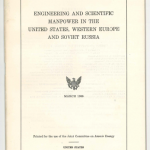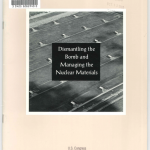Your Bar/Bat mitzvah : Pareshah and Haftarah with commentary. Vayishlach, Genesis 32:4 to 36:43 / Union of American Hebrew Congregations. (OCLC #1002064723)
The title proper of this piece “Your Bar/Bat mitzvah” has a forward slash in it, which is a punctuation mark used in ISBD to precede the first statement of responsibility. Is anyone going to be confused by this record, and think it is the title “Your Bar” written by “Bat mitzvah”? It doesn’t seem likely.
AACR2 had this concern with a few punctuation marks, as described in AACR2 1.1B1:
If the title proper as given in the chief source of information includes the punctuation marks … or [ ], replace them by – and ( ), respectively.
But RDA’s primary rule for this (1.7.3) is “Transcribe punctuation as it appears on the source” allowing the Alternative “If transcribing punctuation as it appears on the source significantly hinders clarity, either omit or modify the punctuation, as necessary.”
So if we thought our patrons might be confused and read this as an author named Bat Mitzvah, we could modify punctuation in the title proper for clarity.
